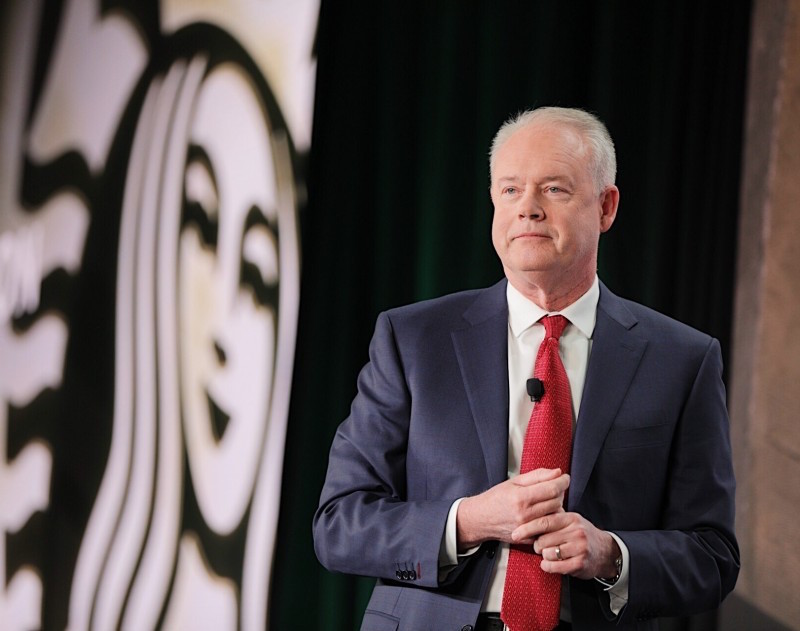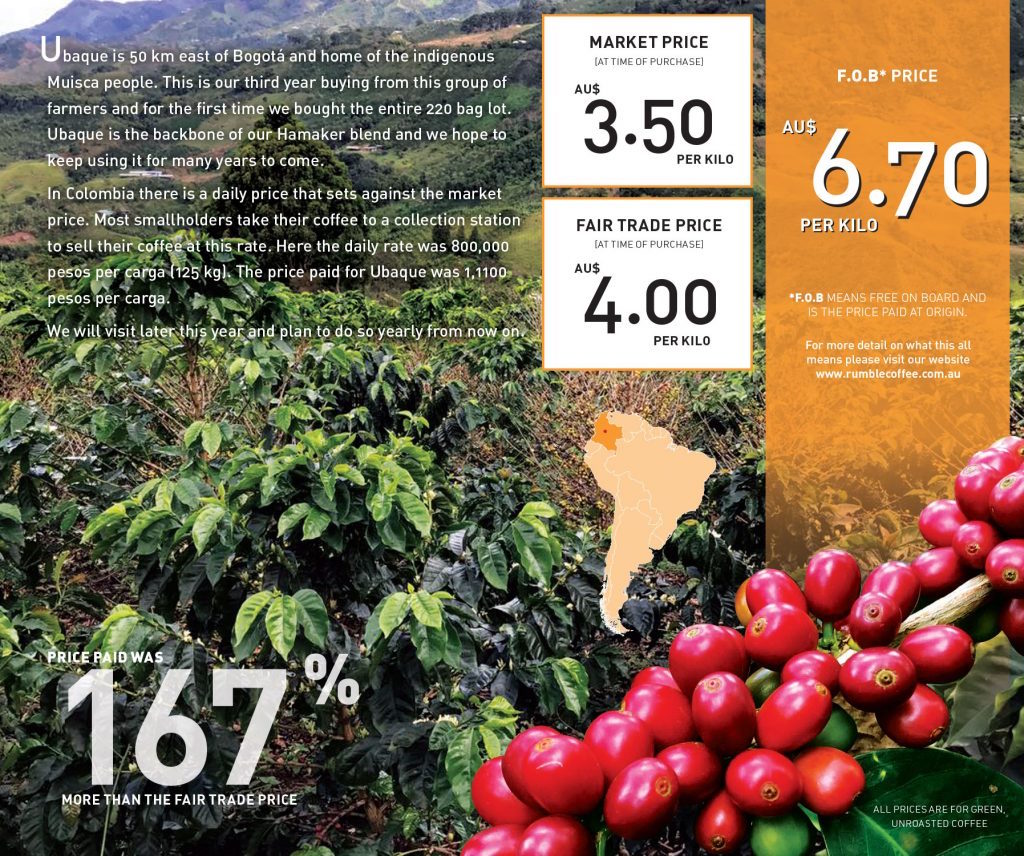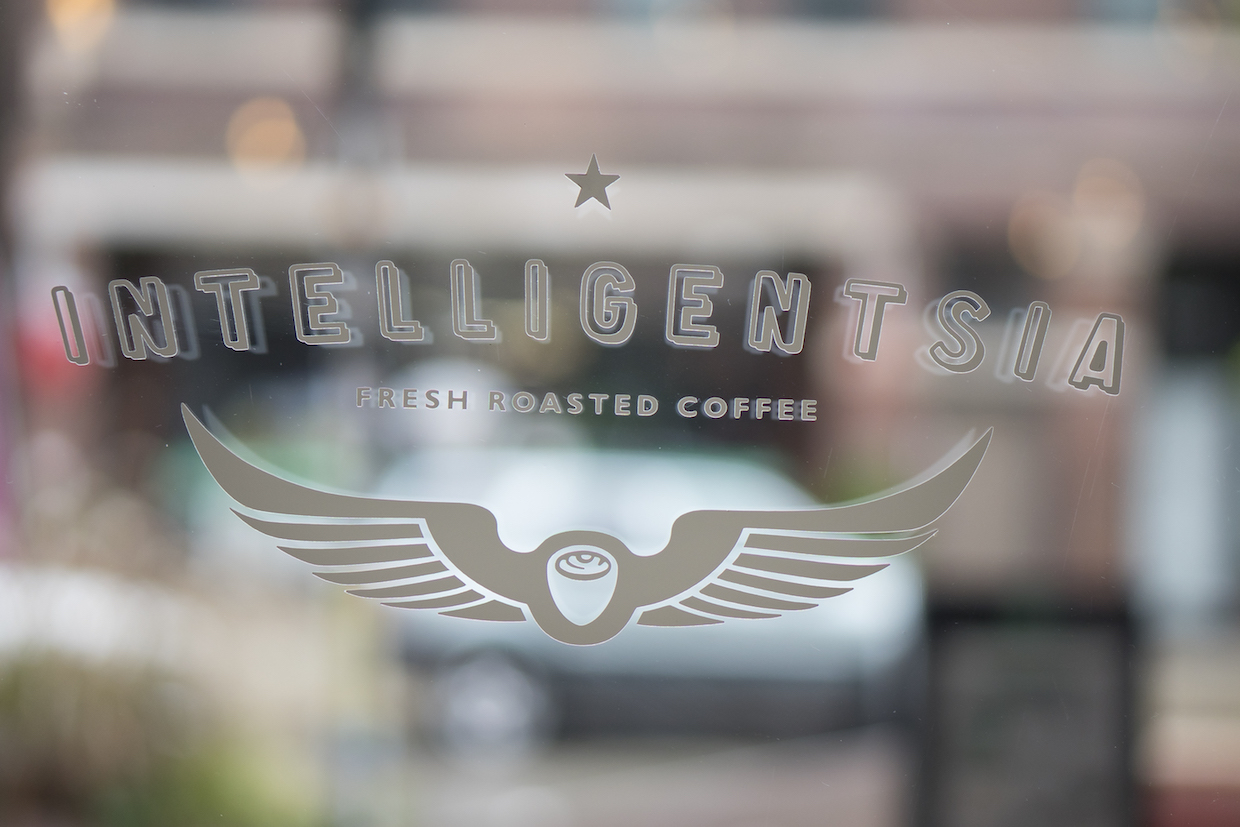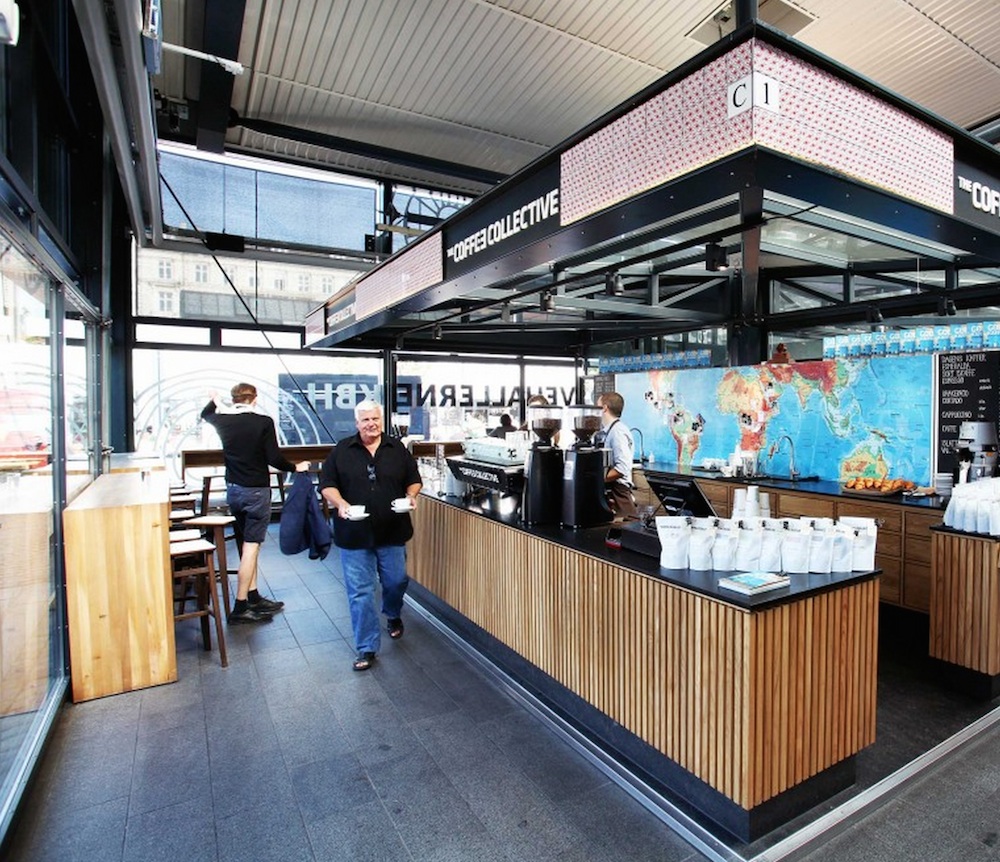If you are currently following a ketogenic diet, also called keto, then you have probably…

The Extraction is More Popular than Flat Whites

Starbucks CEO Kevin Johnson at the company’s biennial investor conference in New York City yesterday. Starbucks Newsroom photo.
Big names made big moves this week. Not only did Starbucks open the doors to its 23,000-square-foot Reserve location in New York City, but Yahoo Finance got in touch with COO Roz Brewer, who shed some light on a partnership with Uber Eats to begin offering drink delivery from roughly 2,000 of its U.S. stores in 2019:
This summer, Starbucks began piloting Starbucks Delivers in Miami using Uber Eats.
“It’s receiving high remarks,” Brewer said.
Delivery has also been big in China, which is Starbucks’s fastest growing market. Three months ago, Starbucks announced a partnership with Chinese e-commerce giant Alibaba (BABA). Part of that partnership included delivery of Starbucks using Alibaba’s on-demand food delivery platform Ele.me, which outfitted its fleet of bikes to carry the beverages. After piloting in Beijing and Shanghai, Starbucks has now expanded to 2,000 stores across 30 cities in China.
China is apparently never far from the Green Siren’s mind, which is especially understandable given the rise of the Blue Deer. In its latest funding round, China-based startup Luckin Coffee has raised another $200 million, according to Reuters:
Luckin Coffee, an up-and-coming coffee chain with ambitions to challenge Starbucks Corp in China, said on Wednesday it has raised $200 million in its latest funding round, bringing the company’s valuation up to $2.2 billion.
The fundraising was led by investors including Singapore sovereign wealth fund GIC Pte Ltd and China International Capital Corp Ltd, the company said in a press release.
And, under what’s technically the JAB umbrella, Chicago-based Intelligentsia Coffee has announced it will open its first Texas store next year in co-founder Doug Zell’s new home city of Austin, where it established a training facility for regional wholesale partners in July of this year:
Intelligentsia has partnered with Austin-based architect Scott Magic, who plans to incorporate local materials into the coffeebar, with a modern, sleek design that reflects both the surrounding area and city of Austin. The coffeebar will also offer food options with local partners being announced closer to opening.
The progressive Danish roasting company The Coffee Collective has published the third part in its series on what it calls the Coffee Paradox, which is the phenomenon of how farmers are earning less while consumers are increasingly willing to pay more for quality coffee. In this installment, CC explains its approach to sustainability within its own sourcing practices:
While the Farm Gate prices is important, we often find that in practice reaching that far out in the coffee chain is unrealistic. Some small farmers, in for instance Kenya or Ethiopia, might produce one single bag of coffee, and if we should negotiate prices and make contracts with each of them it would take way too many resources for that coffee ever to be sold at a reasonable price.
First of all, we believe that a lot of quality in coffee is developed at the post-harvest processing unit (i.e. a washing station or setup for drying Naturals) and second, with sustainability in focus it is important to make sure that money is transcending the Capitals of the producing countries to investments and jobs in the small communities where coffee is grown. This is why we focus on what we call the Producer Price. The Producer Price being what we pay to the level of post-harvest processing whether that is also being the same as the Farm Gate or not (as is the case for medium to large scale farmers), but it will always be aimed at producers in the country side.
This can seem a bit confusing. ‘Who is the producer?’, you may ask. If you take a look at our coffee bags the producer, to which level we do business, is the primary name that appears (i.e. Finca Vista Hermosa, Kieni, Akmel Nuri).

A promotional flyer for one of Rumble Coffee’s Transparency Project offerings, comparing FOB to local market prices with Fairtrade premiums.
The Guardian also dug this week into what Australian company Rumble Coffee has called the Transparency Project. Owner Matt Hampton discussed the thinking behind sharing and promoting FOB prices with customers:
Rumble not only forms long-term relationships with growers that Hampton visits in person, but it publicises the FOB (free on board) price of its coffee. In other words, the price that was actually paid to the grower.
The hope is that consumers will start asking cafes about FOB prices, and be willing to pay more for coffee if they know the grower is getting a good deal.
“The feedback from café owners and coffee drinkers so far has been great,” Hampton says. “Another Melbourne roaster has taken it on, and I think it’s something more roasters will start doing.”

From the 2018 Square Australian Coffee Report.
Here’s to hoping those trendsetting Aussies can have the kind of impact on sourcing that they’ve had on consumption with the flat white. Yet it might come as a surprise that the famously Australian espresso-based drink is actually not Australia’s favorite. Hospitality Magazine parsed through the trading platform Square’s annual Australia report to find that for another year in a row, the latte is tops down under:
Despite total sales decreasing from 43 per cent to 33 per cent since 2016, the latte remains the country’s most popular coffee drink, according to the 2018 Square Australian Coffee Report.
Released by payments company Square in partnership with the Specialty Coffee Association, the report crunched data from outlets nationwide.
The flat white remained a staple claiming 24 per cent of coffee sold, but it was the cappuccino that experienced the biggest resurgence with sales jumping from 12 per cent to 19 per cent, even landing in top spot in New South Wales.
The coffee health splash of the week came out of the Rutgers Robert Wood Johnson Medical School, which found that when the caffeine in coffee combines with another compound found in the bean’s “waxy coating,” it seems to help a mouse’s brain protects against Parkinson’s disease and Lewy body dementia:
They gave mice small doses of caffeine or EHT separately as well as together. Each compound alone was not effective, but when given together they boosted the activity of a catalyst that helps prevent the accumulation of harmful proteins in the brain. This suggests the combination of EHT and caffeine may be able to slow or stop the progression of these diseases.
In Kenya, coffee farmers have had it with thieves who have switched from pilfering sacks of coffee to harvesting illicit beans themselves under the cover of darkness. Vigilante watch groups have formed to protect crops, and recently delivered what Kenya’s The Standard reported on a righteous beatdown upon one thief:
Moses Kamau recently had an experience with one of his relatives who is connected to the cartels.
His nephew Nduguti Mwangi sneaked into Kamau’s farm at night and began to harvest ripe cherries.
His uncle and other villagers ambushed and beat him, but his identity was not immediately known, as he escaped. In the morning, they tracked the blood stains to Mwangi’s house, where they found him writhing in pain. He was taken to hospital and later grilled at Kiria-ini police station.
Howard Bryman
Howard Bryman is the associate editor of Daily Coffee News by Roast Magazine. He is based in Portland, Oregon.









